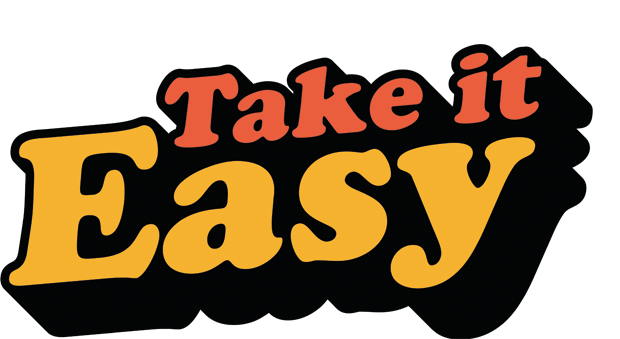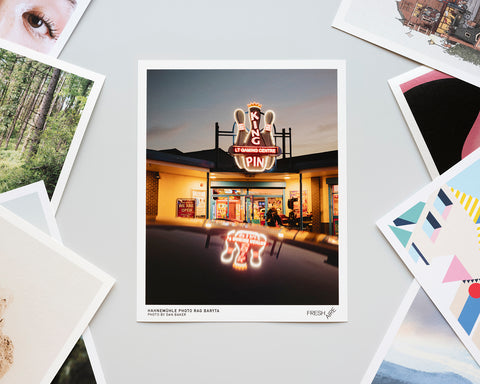Last year, we partnered with Fresh Aire to offer a high quality giclée print service. So, we thought we would sit down with the founder, Alec, to explain what exactly giclée prints are, why they are perfect for photographers, and what mistakes to avoid when ordering your own.
Fresh Aire set up two years ago (in the same building as our lab), with a dream of creating a professional and creative environment for artists and photographers to get the best quality prints from their artwork. Alec has a wealth of experience and knowledge of fine art printing under his belt. Whilst studying photography at Leeds Arts University, Alec developed a passion for printing, which meant he could always be found working in the darkroom and digital print studio trying to bring his pictures to life. After uni he spent time working at photo labs, galleries and print companies to gain the knowledge that has allowed him to open Fresh Aire and help others achieve prints that are true to their creative vision.

What are giclée prints and how do they differ from other digital prints?
Giclée is an inkjet printing process that uses pigment-based inks and archival paper to create vibrant and long lasting prints. This is different to standard forms of printing as the inks used are resistant to fading and the paper won't yellow with time, giving them a lifespan ranging between 70-200 years depending on the light conditions they are stored in.
What is special about the paper you use?
As an accredited Hahnemühle studio, I exclusively print with their papers as I believe they give the best quality print with a broad range of textures and finishes available. Everything from a cotton-based matte paper to a heavy textured gloss they consistently provide exquisite results in terms of print quality.
This extra element of control can give people more choice in expressing their visual taste, allowing them to add an extra layer of personality to their artwork which you can’t achieve with a digital impression on a screen.

What type of people use your services?
I work with a broad range of people including photographers, artists, museums, galleries, publishers, designers…the list goes on. No matter if you’re printing a large scale exhibition for an art gallery, or printing a photo of your pet for your bedroom wall, every job is treated the same to achieve the best print possible.
Why are giclée prints perfect for photographers who are looking to get high quality prints of their work?
Giclée prints can reproduce images with a full spectrum of colours in their highest resolution, making them suitable for artists who appreciate the more subtle details of their photographs and wish for them to be brought to life in print.
We use a state of the art Epson printer with a 12-colour ink set, which offers a wide colour gamut with 99% Pantone coverage which is ideal for those who want to achieve colour accurate prints that can be reproduced consistently with confidence.

Is there any advice you would give people who are looking to turn their digital image into a giclée print?
I would always recommend seeing test prints before committing to a final print. When you view prints through a screen or monitor, it is backlit and often appears brighter than in print. By making test prints you can adjust every element of an image from its colour, sharpness, and tonality.
I would also suggest trying different papers, as each has its own unique characteristics that can affect how an image is rendered. For example, a gloss paper will give an image a stronger contrast and saturation compared to a matt paper due to how the coating absorbs the ink. It can often be a nice surprise for people who initially planned on using a certain type of paper, to find that they preferred something different after seeing comparisons.
What are the most common mistakes people make when setting up their files for printing?
This would probably be the subject of image size. There are many times people will send me low resolution files and expect great results when printing at large sizes, but this is simply not possible in most cases. I would always recommend creating your file at the largest size available to allow for the option to print bigger later down the line. For digital photography, this would be using a camera with a large sensor, and for film photography this would be using a larger format camera and scanning at a high resolution.If you’re unsure if your file will print at a certain size, don't hesitate to get in touch and I can offer my advice.

